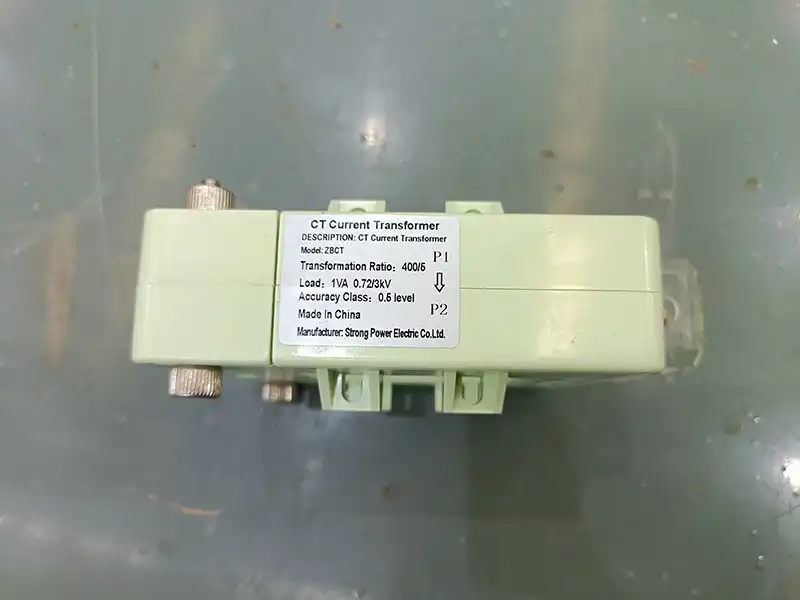How to Choose the Right Current Transformer?
Selecting the right current transformer (CT) for an application requires evaluating several key parameters:
Accuracy Class Rating: This determines the performance and precision of the CT, especially important for metering or protection purposes.
Rated Load on the Secondary Side: Ensure the CT can handle the load (usually expressed in VA) on its secondary circuit without compromising accuracy.
Circuit Voltage: The CT must be suitable for the voltage of the circuit it will be monitoring.
Rated Secondary Current: Common secondary current ratings are 5A, 1A, or 0.1A. The secondary current must be compatible with the devices connected to the CT.
Rated Primary Current: The primary current rating should match the maximum expected current in the primary circuit to avoid overloading the CT.
Additionally, the selection process should account for the conductor profile and the maximum strength of the primary circuit to ensure proper installation and performance.

Applications of Current Transformers
The two main uses for current transformers are current measurement and system protection. CT also provide electrical isolation between high-voltage power supply circuits and measurement devices, ensuring safe operation.
CT with rated currents of 40A or higher are commonly recommended for industrial and high-load applications. They operate with high accuracy within their rated current range and are often paired with various energy meters and power quality analyzers, such as:
- Multifunction energy meters
- KWh meters (basic energy meters)
- Power factor controller relays
- Power quality analyzers
Why Install Current Transformers?
Current transformers are essential for various applications, including:
Electrical Control Panels: Used in VCB (vacuum circuit breakers), APFC (automatic power factor control), SVG (static var generators), AHF (active harmonic filters), PCC (power control centers), and relay panels.
Commercial Metering: CT are widely used for billing and energy monitoring in commercial installations.
Substation and Power Grid Control: CT play a crucial role in the monitoring and control of high-voltage substations and power grids.
Protection Systems: In case of a fault, CT activate protective relays that isolate parts of the system to prevent damage. This includes earth fault protection, differential protection, and busbar protection.
Current Sensing and Monitoring: CT are used for current sensing, recording, and control in various electrical systems.
Standard Laboratory Use: CT are also used in laboratory environments for testing and calibration purposes.
Bushing-Type CT in Power Transformers: These are used in oil-immersed CT applications for power transformers.
By carefully considering these factors, you can select the right CT to ensure accurate current measurement, protection, and efficient operation in your electrical system.



